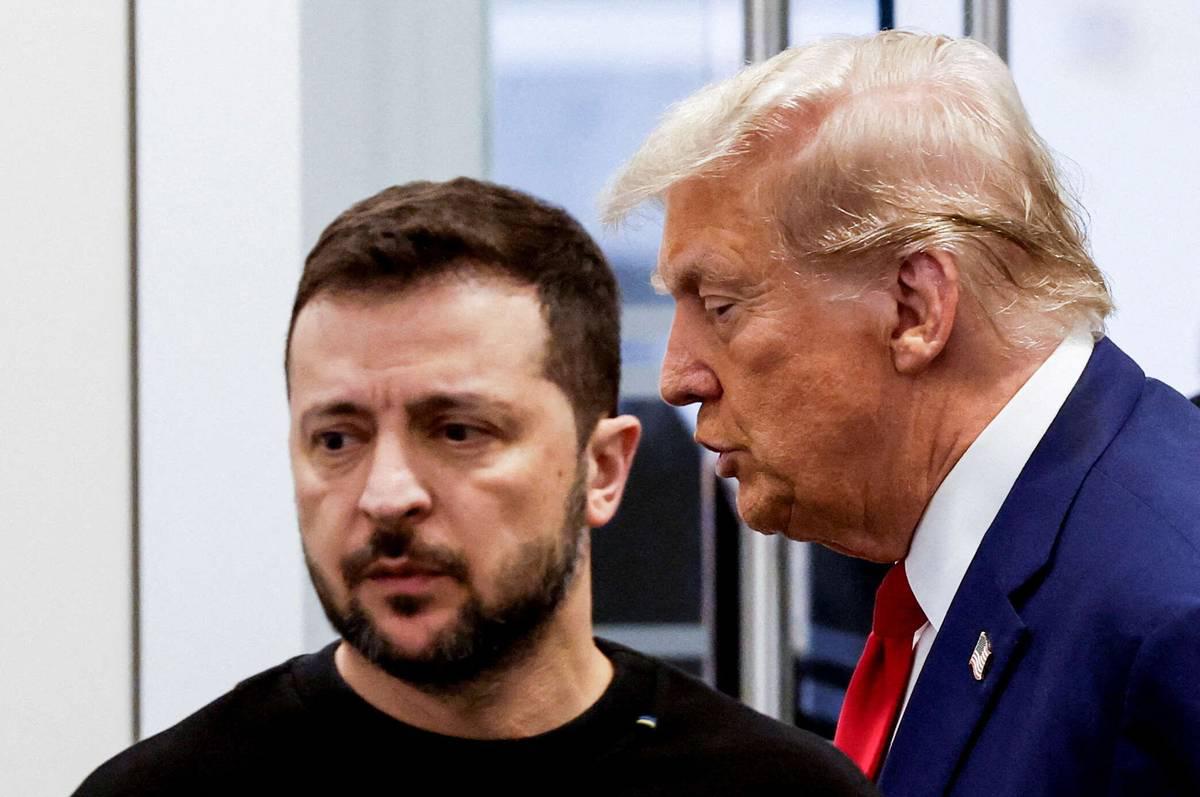Trump and Zelensky Summit: Three Possible Scenarios for the Development of the Ukrainian Crisis

The implementation mechanism will begin with referendums under international supervision and the designation of demilitarized zones 50 km deep.
The security guarantees will be a hybrid model consisting of American-European protection without NATO membership, comprising rapid deterrent forces, advanced air defense systems, and a joint operations room in Kyiv. The restrictions to be imposed include a ban on deploying long-range missiles and limiting the number of military exercises.
U.S. forces will be present in two phases: the first phase will involve 5,000 troops on the front line and a joint command with European countries, and the second phase will include forward bases in Odessa and Kharkiv, along with military investments worth $2 billion.
The expected risks begin with the constitutional loophole, as Zelensky may need the approval of the Ukrainian parliament, and the security paradox could turn the "peace" areas into new tension points, while the time bet is a tight timeline before the 2026 U.S. elections.
The regional repercussions will have a direct impact on the Syria file (potential Russian-American understandings) and the Moldova crisis (Transnistria) and the balance of power in the Caucasus.
The most likely scenario may be a framework agreement that freezes the conflict without resolving it fundamentally, while keeping the door open for new escalation if the monitoring mechanisms fail. The final decision may depend on Zelensky's willingness to pay the political price domestically.